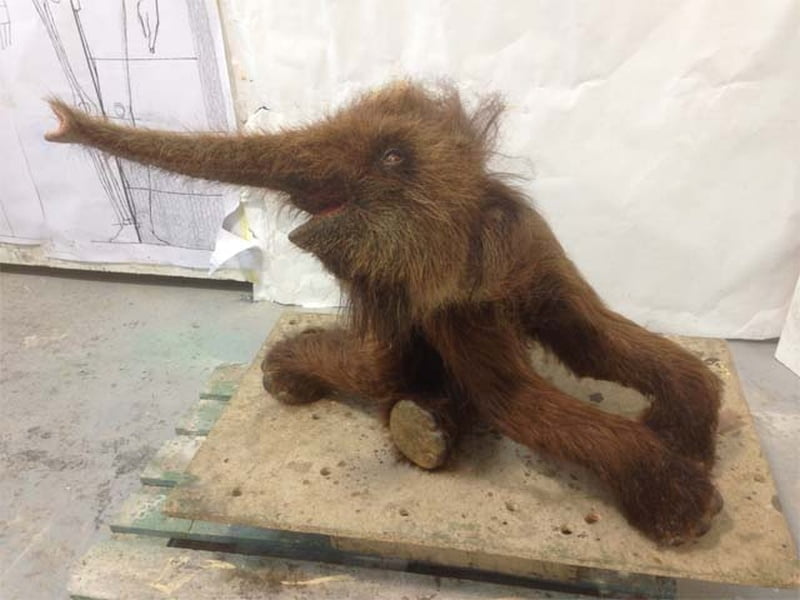In a ground-breaking science experiment, cells from a woolly mammoth that perished 28,000 years ago have revealed “signs of life.”
In 2011, a woolly baby mammoth was extracted from the Siberian permafrost. Finding such a substantially undamaged specimen was a significant accomplishment because the species had been extinct for almost 4,000 years, mainly because this one was 28,000 years old.

Since then, researchers have been keen to learn if, after all these centuries, the biological components of the discovered mammoth are still alive. Researchers at Japan’s Kindai University have found that some of its DNA is still there. They appear to be on track to bring this enormous prehistoric creature back to life.
If they are successful, it may resemble this (at first).

In either case, it revolves around the fact that the university’s researchers removed the mammoth cells’ nuclei and transplanted them into mouse oocytes, which are ovarian cells that can develop into egg cells after undergoing genetic division.
The 28,000-year-old specimen’s cells then exhibited “evidence of biological processes.”

Inserted mammoth nuclei into mouse oocyte cells throughout time. University of Kindai/Scientific Reports
According to research author Kei Miyamoto of the Division of Genetic Engineering at Kindai University – “this shows that, despite the years which have gone, cell activity may still exist and portions of it can be replicated.”
Five cells displayed incredibly unexpected and extremely stimulating data, particularly indications of activity that usually happen just before cell division.
It wasn’t simple to determine if the mammoth DNA could remain functional. Researchers collected bone marrow and muscular tissue samples starting with the animal’s leg. These were further examined for the existence of intact structures resembling nuclei, which were then removed.
Incorporating mouse proteins with these nuclei cells revealed that some of the mammoth cells were fully capable of nuclear reconstruction. Furthermore, this implied mammoth bones dating back 28,000 years may contain live nuclei.
In other words, reviving a sample like this would be very doable.

Miyamoto acknowledges that “we are far from reconstructing a mammoth.” Many scientists who are working on using genome editing to accomplish so are optimistic that this goal will soon be reached. The most recent efforts—those utilizing the contentious CRISPR gene editing tool—are perhaps the most promising.
